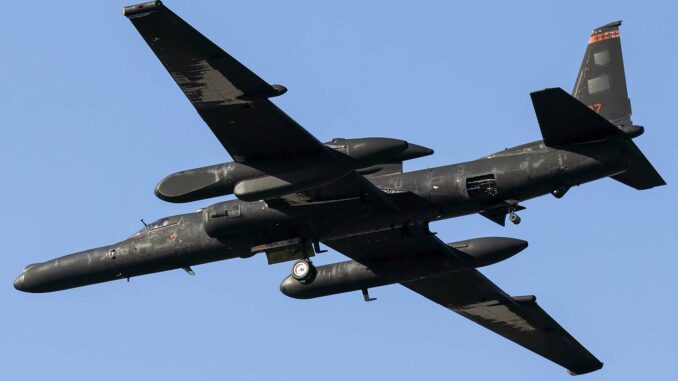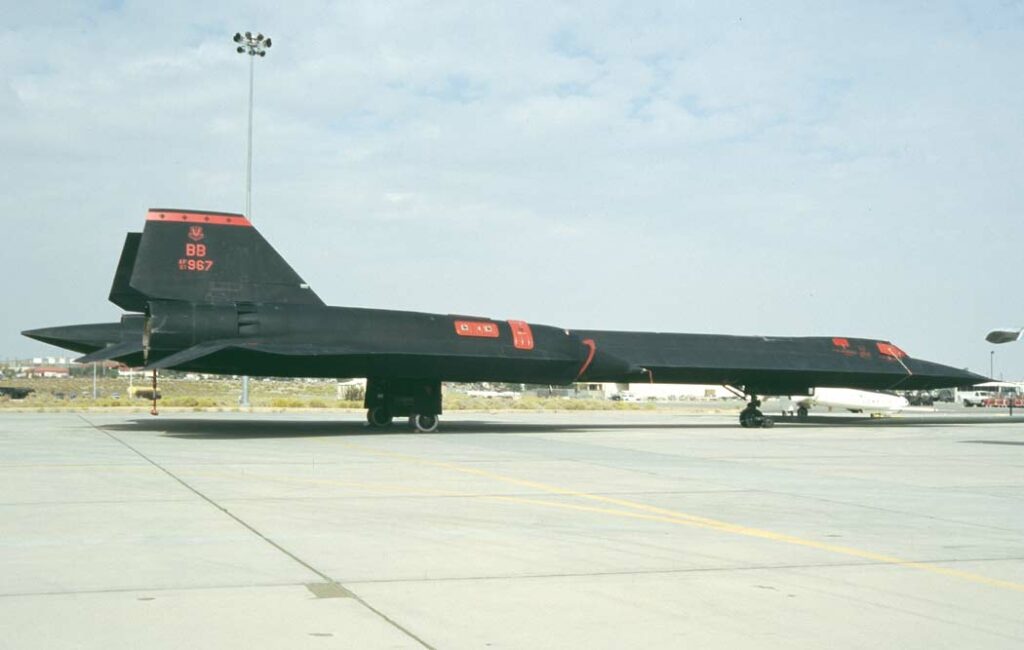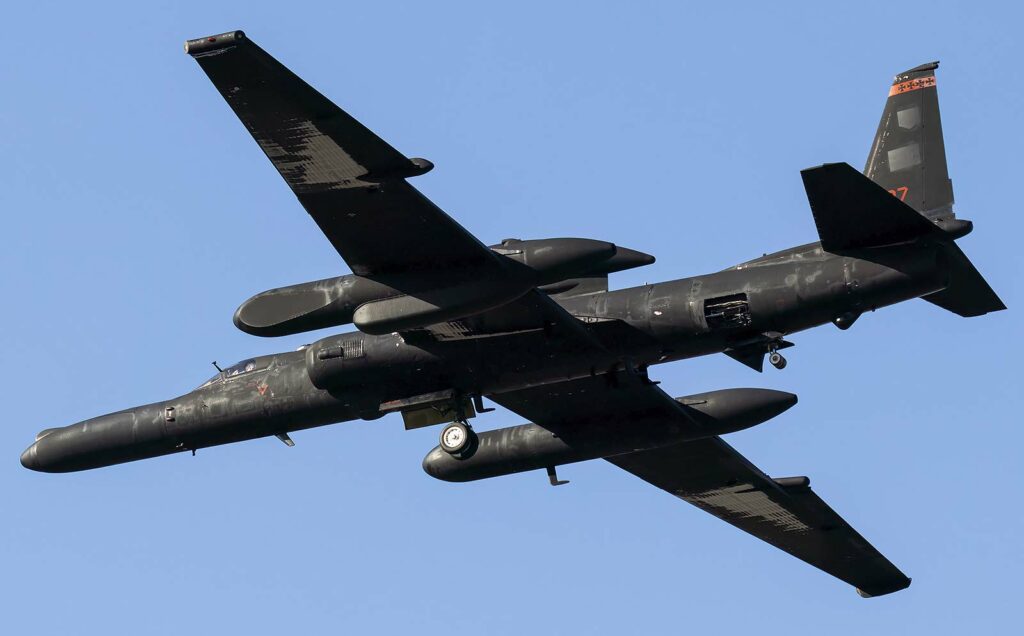
Discover the best spy planes, with their functions, missions and the technologies that make these aircraft legendary.
Defining a spy plane
A spy plane, by definition, is an aircraft designed specifically for surveillance, reconnaissance and intelligence gathering. These aircraft are equipped with advanced technologies enabling them to carry out espionage missions without being detected, or at least without being easily intercepted. They play a crucial role in modern warfare, providing governments and military forces with valuable information on the movements, capabilities and intentions of their adversaries. By capturing aerial images of inaccessible areas and intercepting communications, spy planes make a significant contribution to strategic and tactical decision-making.
The genesis of spy planes can be traced back to the early years of military aviation, when World War I belligerents used aircraft to observe enemy positions and direct artillery. However, it was during the Cold War that aerial espionage reached its peak, stimulated by the intense rivalry between the Eastern and Western blocs. Iconic aircraft such as the Lockheed U-2 and SR-71 Blackbird carried out perilous missions over Soviet territory, gathering information that was often crucial to national security.
Since then, technological evolution has profoundly transformed the capabilities of spy planes. Innovations in stealth, electronic surveillance systems and secure communications have made these aircraft more effective and harder to detect. What’s more, the advent of drones has opened up new avenues for aerial espionage, enabling extended missions in highly hostile environments without risking human lives.

The pioneers of aerial espionage
Aerial espionage took off as early as the First World War, ushering in an era in which aerial information and reconnaissance became crucial to the success of military operations. This conflict, considered the first of the industrial age, saw the massive expansion of armies and the introduction of new technologies, including aviation and communications. The need for precise, up-to-date information on enemy positions and movements led to unprecedented innovation in aerial intelligence.
The beginnings of aerial espionage: World War I and II
During the First World War, military aviation began to play a crucial role, not only in combat but also in reconnaissance. Aircraft were used to gather information on enemy lines, photograph strategic positions and eavesdrop on communications. One of the most innovative aspects of this era was the development of interception and cryptography, making it possible to decrypt enemy communications. This marked a turning point in the way information was collected and used on the battlefield.
Notable technologies and aircraft of the time
The First World War saw the development of several key technologies in the field of aerial intelligence, including the use of aerial photography and the interception of radio communications. These advances made it possible to gather vital information without directly exposing forces to danger. Reconnaissance aircraft played an essential role, providing precise images of enemy fortifications, trenches and troop movements.
As for the aircraft themselves, it’s worth remembering that planes like the Bristol F.2 Fighter and the Sopwith Camel were adapted for reconnaissance missions, in addition to their combat roles. These aircraft were equipped to take photos in flight and, in some cases, to intercept enemy communications.
The inter-war years and the Second World War then saw the emergence of more advanced spy planes, equipped with even more sophisticated technologies, paving the way for future developments in aerial espionage.
The golden age of aerial espionage
The Golden Age of aerial espionage spans the Cold War, when spy planes played a crucial role in intelligence gathering. Among the most emblematic aircraft of this era, the Lockheed U-2, the Lockheed SR-71 Blackbird, and the Boeing RC-135 stand out for their significant contributions to US national security and global surveillance.
Lockheed U-2 “Dragon Lady”
Designed by aeronautical engineer Kelly Johnson of Lockheed’s renowned Skunk Works division, the U-2 is a high-altitude reconnaissance aircraft, capable of flying at over 70,000 feet (about 21,300 meters). Introduced in 1956, this aircraft was initially operated by the US Air Force and the CIA for all-weather, day and night surveillance and intelligence-gathering missions.
The U-2 distinguished itself in several key Cold War events, including the 1960 incident when a U-2 piloted by Gary Powers was shot down over the Soviet Union by a surface-to-air missile, exacerbating tensions between the two superpowers. Despite this incident, the U-2 continued to be used for strategic reconnaissance missions over hostile territory, including China, Vietnam and Cuba. The last model of the U-2 series was built in 1989, but the aircraft remains in service, having undergone several technical upgrades over the years.
The U-2 is remarkable not only for its ability to carry out reconnaissance missions at altitudes where few aircraft can operate, but also for its contribution to scientific data collection and atmospheric research. Its longevity and versatility illustrate the continuing importance of this aircraft in intelligence and surveillance operations.
Lockheed SR-71 Blackbird
The Lockheed SR-71 Blackbird, a high-altitude, high-speed spy plane developed by Lockheed Martin, is famous for its ability to fly at supersonic speeds, exceeding Mach 3. Entering service in 1966, it was designed for strategic reconnaissance, capable of flying over hostile areas without being intercepted, thanks to its high operational speed and altitude. The SR-71 holds the record for the fastest flight by a manned jet.
These spy planes played an invaluable role in providing crucial information that helped shape security policies and military strategies during and after the Cold War. Their ability to operate at high altitudes, often well beyond the range of enemy radars and air defenses, made them key players in global strategic surveillance, underlining their unrivalled value in intelligence gathering.
Technologies and innovations
Technological breakthroughs in aerial espionage
The introduction of drones into aerial espionage marked a major turning point, offering unprecedented advantages in terms of surveillance and intelligence gathering. Thanks to their ability to fly discreetly at different altitudes and stay aloft for hours or even days, drones provide a real-time view of areas of interest. Their advanced technology enables immediate transmission of collected data to analysts, without exposing pilots to unnecessary risks. In this way, drones have not only increased the efficiency of reconnaissance missions, but also revolutionized the way critical information is collected and processed.
Sensors, cameras and communication systems
Advances in the sensors and cameras used in aerial espionage have made it possible to capture high-resolution images and video, even in low-light conditions or through cloud cover. These sensors can detect spectra beyond human vision, such as infrared, enabling night-time surveillance or the detection of heat signatures. In addition, advanced communication systems encrypt and transmit this data in real time to secure analysis centers, ensuring that sensitive information remains protected from enemy interception.
The use and impact of stealth technology
Stealth technology reduces the radar signature of spy planes by modifying their shape and using radar-absorbing materials, making them almost invisible to enemy detection systems. This capability enables aircraft to penetrate deep into hostile airspace undetected, improving intelligence gathering and mission security.
The modern era and future of aerial espionage
The introduction of drones and satellites has marked a major evolution in aerial espionage, offering unprecedented flexibility, range and data-gathering capabilities. These modern technologies enable continuous, real-time surveillance, surpassing the capabilities of traditional spy planes, which can be limited by their flight autonomy and vulnerability to air defense systems.
A comparison between drones/satellites and traditional spy planes reveals distinct advantages, notably in terms of discretion, cost and risk to the crew. Drones, for example, can operate at altitudes and in conditions that would be dangerous or impossible for manned aircraft.
However, future challenges for aerial espionage include adapting to developing anti-drone and anti-satellite technologies, managing the massive amount of data collected and protecting against cyber-espionage. The potential evolution of spy planes could include the integration of artificial intelligence for automated data processing and analysis, improved stealth capabilities, and the development of advanced propulsion systems for greater autonomy and supersonic speeds.

The best spy planes
To identify the best spy planes, criteria include survivability, on-board technologies and mission success. These factors determine the aircraft’s effectiveness and strategic value in intelligence operations.
Among the outstanding spy planes, the Lockheed SR-71 Blackbird, with its high operational speed and altitude, and the U-2, known for its ability to carry out high-altitude reconnaissance missions, stand out. Their unique contribution to intelligence gathering was invaluable during the Cold War.
The spy planes of the future will exploit advanced stealth technology to further reduce their radar visibility, making reconnaissance missions safer and more effective. The integration of artificial intelligence will enable real-time data analysis, improving the speed and accuracy of information gathering. Secure connectivity will be essential to transmit critical data without risk of interception, ensuring reliable communication between the spy plane and its base. These technological advances represent a significant evolution in the capabilities of spy planes, increasing their intelligence effectiveness.
War Wings Daily is an independant magazine.